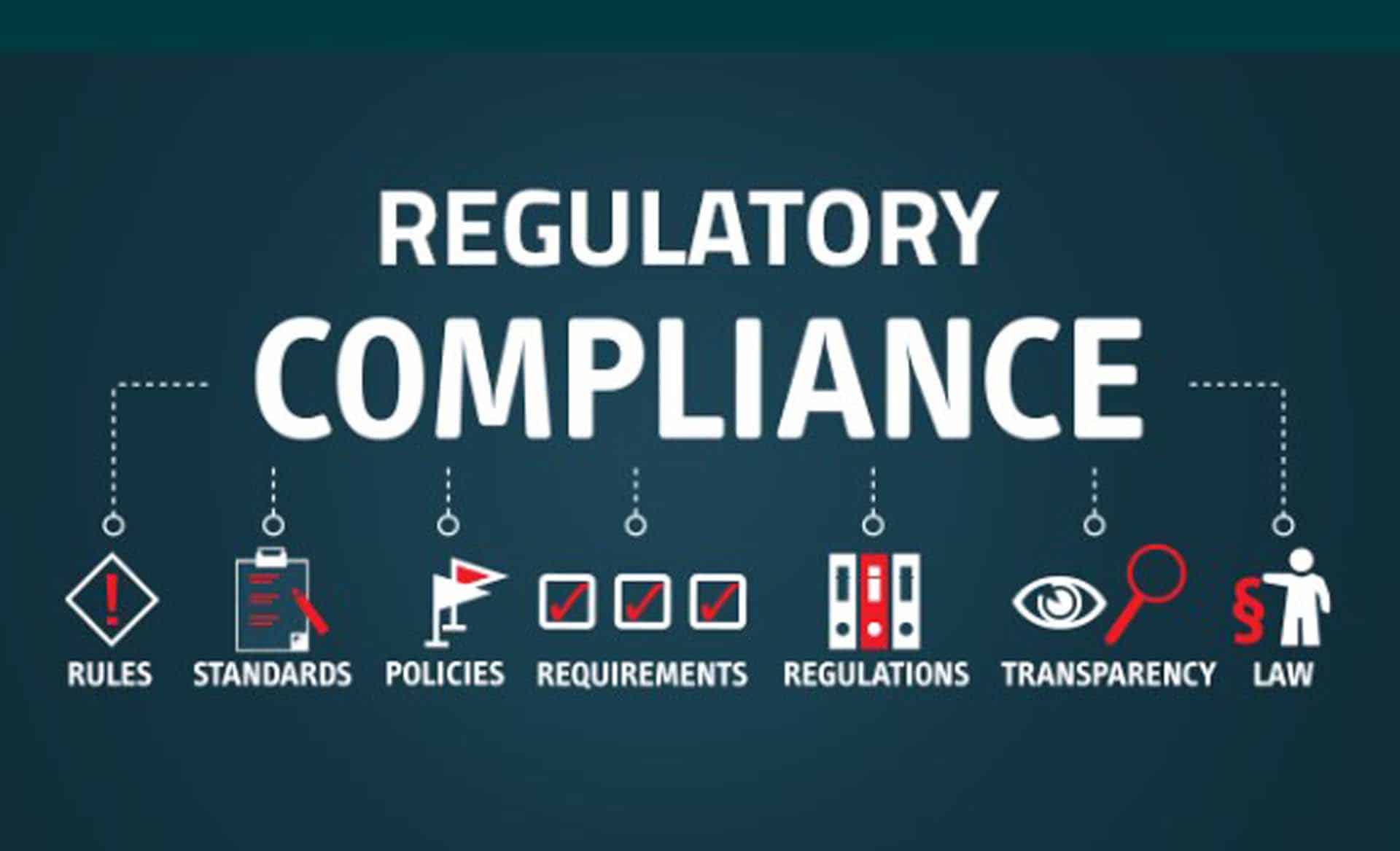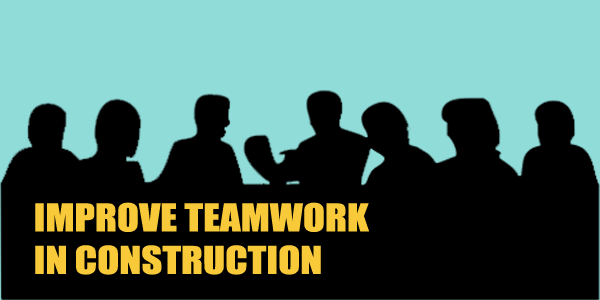Site Management in Construction Projects
In the dynamic landscape of construction project management, effective site management stands as the linchpin for success. From demobilization of resources to settlement of claims, each aspect plays a pivotal role in project execution. Let’s explore four critical components of site management and their implications for project success.
Table of Contents
Introduction: Optimizing Site Management for Project Success
When it comes to managing construction projects, making sure things run smoothly on-site is key to getting things done right. As projects move forward, it becomes really important to handle all the ins and outs of organizing the site. That means everything from moving equipment around to dealing with any issues that pop up and adjusting to whatever changes come along. So, in this article, we’re going to talk about four big parts of managing a site and share some tips on how to make sure your project goes as smoothly as possible.
Demobilization of Resources: Streamlining Project Closure
Process and Considerations
Definition:
Demobilization involves the systematic removal of resources, such as equipment and materials, from the construction site upon project completion.

- Planning Ahead: Anticipate demobilization needs early in the project lifecycle, incorporating demobilization plans into project schedules and budgets.
- Resource Disposal: Develop strategies for disposing of surplus materials and equipment responsibly, considering environmental regulations and sustainability goals.
- Evaluation and Documentation: Evaluate project performance post-demobilization, documenting lessons learned and best practices for future projects.
- Environmental Considerations: Prioritize environmentally friendly disposal methods, such as recycling or repurposing materials, to minimize ecological impact.
Settlement of Claims: Resolving Disputes Amicably

Handling Disputes and Resolutions
- Addressing Disputes: Establish clear protocols for addressing disputes and disagreements among project stakeholders, promoting open communication and conflict resolution.
- Negotiating Fair Settlements: Engage in constructive dialogue to negotiate fair and equitable settlements, balancing the interests of all parties involved.
- Minimizing Legal Risks: Mitigate legal risks by adhering to contract terms, documenting agreements, and seeking legal counsel when necessary.
- Mediation and Arbitration: Explore alternative dispute resolution methods, such as mediation or arbitration, to expedite resolution and avoid costly litigation.

Extension of Time: Adapting to Project Realities
Requesting Additional Time
- Understanding Time Extensions: Recognize valid reasons for requesting time extensions, such as unforeseen delays, scope changes, or force majeure events.
- Documenting Justifications: Maintain detailed records to substantiate time extension requests, providing evidence of the impact on project schedule and milestones.
- Client Approval Process: Seek client approval for time extensions promptly, ensuring transparency and accountability in project management.
- Mitigating Delays: Implement proactive measures to mitigate delays and minimize the need for time extensions, such as proactive scheduling and risk management strategies.
Guidelines for Site Management: Navigating Challenges with Confidence
Best Practices and Recommendations

Implementing Safety Protocols
- Prioritize Safety: Safety should be the foremost priority on any construction site. Establish comprehensive safety protocols that encompass all aspects of construction activities, from equipment operation to personal protective equipment (PPE) usage.
- Adherence to Standards: Ensure strict adherence to industry standards and regulations to mitigate risks and promote a safe working environment. Regular safety inspections and audits should be conducted to identify potential hazards and address them promptly.
- Training and Education: Provide regular safety training and education to all personnel involved in the project. This includes not only construction workers but also supervisors, managers, and subcontractors. Empower workers with the knowledge and skills necessary to identify and mitigate safety hazards.

Compliance with Regulations
- Stay Informed: Keep abreast of local regulations, building codes, and safety standards governing construction activities in the project area. Failure to comply with these regulations can result in costly delays, fines, or even legal action.
- Documentation and Records: Maintain accurate documentation of permits, inspections, and compliance efforts throughout the project lifecycle. This documentation serves as evidence of compliance in the event of an audit or dispute.
- Engage with Authorities: Establish open lines of communication with local authorities and regulatory agencies to ensure compliance and address any questions or concerns. Proactively seek guidance and clarification on regulatory requirements to avoid misunderstandings or violations.

Promoting Teamwork
- Foster Collaboration: Create a collaborative work environment where all project team members feel valued and respected. Encourage open communication, constructive feedback, and shared decision-making to foster a sense of ownership and accountability.
- Clear Communication Channels: Establish clear communication channels to facilitate information flow and coordination among project stakeholders. Regular team meetings, progress updates, and project reviews can help keep everyone aligned and informed.
- Recognize Achievements: Acknowledge and celebrate team achievements and milestones to boost morale and motivation. Recognize individual contributions and foster a culture of appreciation and camaraderie among team members.
Continuous Improvement
- Embrace Feedback: Solicit feedback from stakeholders at all levels, including clients, subcontractors, and project team members. Actively listen to concerns, suggestions, and ideas for improvement, and take proactive steps to address them.
- Learning from Experience: Implement lessons learned from past projects to inform current practices and processes. Analyze successes and failures objectively, identify areas for improvement, and adjust strategies accordingly.
- Invest in Innovation: Embrace new technologies, methodologies, and best practices to enhance site management efficiency and effectiveness. Stay abreast of industry trends and advancements and be willing to adapt and innovate to stay ahead of the curve.
Conclusion: Charting a Course for Success
In conclusion, site management in construction projects demands meticulous planning, proactive communication, and agile decision-making. By embracing best practices and leveraging effective strategies, project teams can navigate challenges with confidence and drive projects to successful completion. From demobilizing resources responsibly to settling claims amicably and adapting to project dynamics, mastering site management is key to unlocking the full potential of construction projects. With a steadfast commitment to excellence, project managers can chart a course for success and leave a lasting impact on the built environment.
Further Reads:
Types of Site Organization: 3 types of Site Organization in Construction Projects
Site Organization Strategies: Strategies for Site Organization in Construction Projects
Warehouse and Store Management: Warehouse Management and Store Managements in Construction

